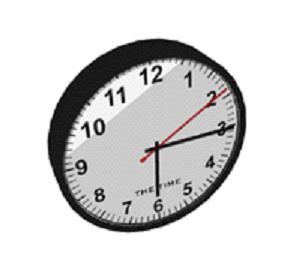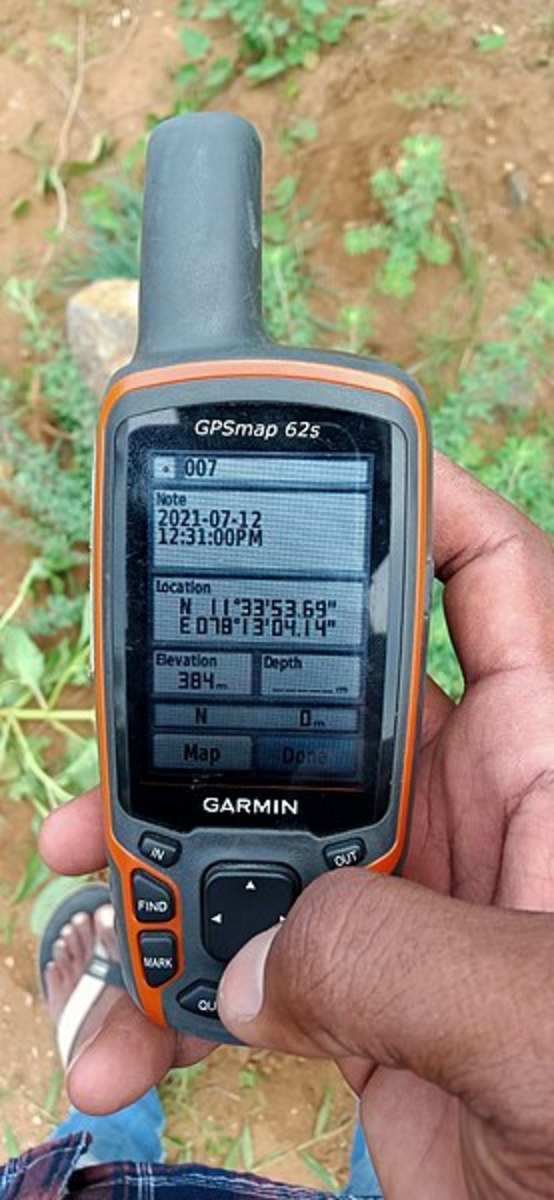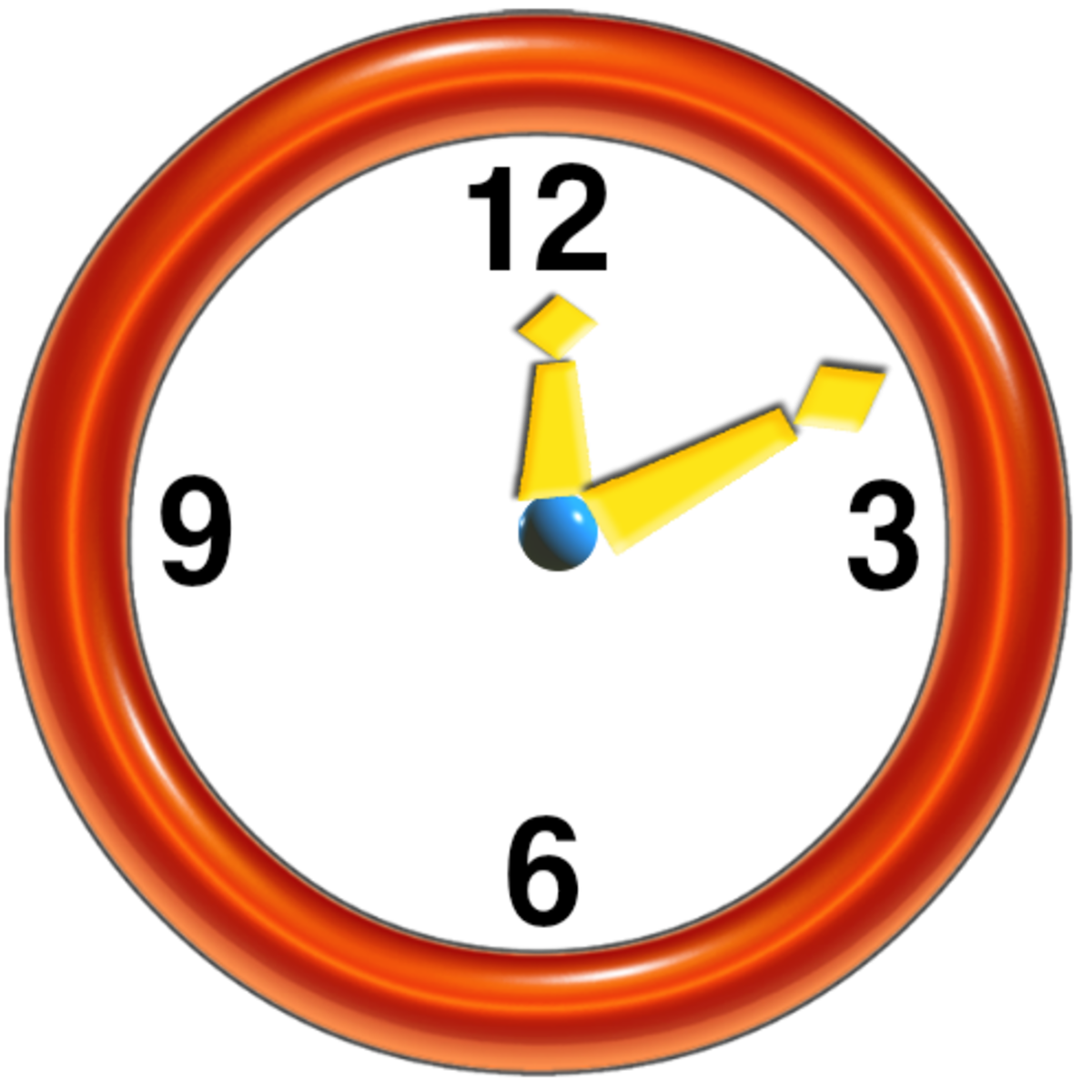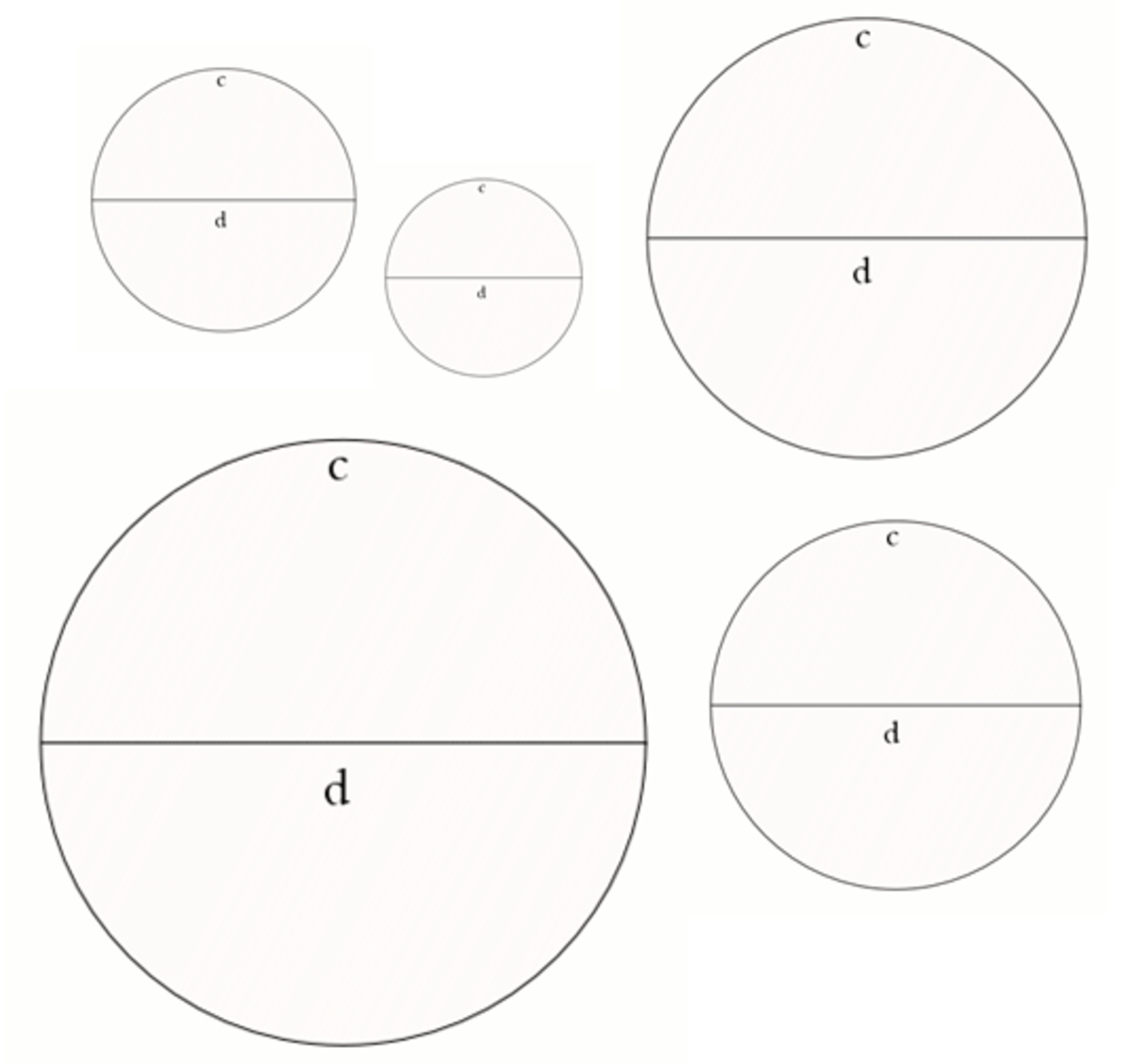Giving You the Time of Day: Measuring Time



Sundials, Hourglasses, Clocks, Longitude, and Time Zones
By Joan Whetzel
A number of devices have been developed over the millennia for telling the time of day, mostly based on the number 12 - the number of lunar cycles in a solar year. The number 12 was fixed to the hours in a day, and the Egyptians applied it by allotting 12 hours to the day and 12 hours to the night, regardless of the changing seasons.
The problem was that the daylight hours were shorter in the winter and longer in the summer, when the reverse was true for the night time hours. Later the Sumerians and Babylonians contributed to time telling techniques by developing a base 60 (sexagecimal) number system - 60 being the lowest common multiple of the numbers one, two, three, four, five, six, ten, and twelve. This number system helped divide the hours into minutes and seconds for a more refined measurement of time. The combination of twelve hour increments and the sexagesimal number system became the basis how we tell time now.
Sundials
Sundials, one of the oldest devices for measuring time, were developed to follow the shadows caused by the passage of the sun across the sky. A old-fashioned sundial can be created by placing a stick vertically in the ground. The shadow from the stick rotates in clockwise manner in the northern hemisphere. If the stick is placed at a slant, pointing toward the celestial North Pole, its time telling capacity becomes more accurate. The shadow doesn't change with the seasons, as with a vertical sundial stick. Other reasons for inaccurate sundial readings include: the Earth's orbital speed around the Sun varies, daylight saving time changes the clock time, clock times within the standard time zones are kept uniform (they're adjusted daily to make up for fluctuations form the varying orbital speed) in order to make sure clocks worldwide are synchronized.
Hourglasses
Later on, hourglasses and 30-second glasses were invented to aid in telling time at sea. They were used in conjunction with celestial navigation equipment. The way they measure time was based on: (1) the type of sand used, (2) the volume of sand in the glass, (3) the shape of the bulbs (reservoirs), and (4) the width of the neck in which the sand passed from the upper reservoir to the lower one. The rate of flow for the sand is dependent on the few centimeters above the neck rather than the amount and weight of the sand above it. Small glass beads (bullitini) provides more accurate and reproducible results than sand.
Clocks
As civilization found it necessary to coordinate and manage time more effectively, it first developed mechanical clocks and then today's more accurate digital clocks. Clocks and watches measure time intervals that are shorter than a day (seconds, minutes, hours) through a physical process that proceeds at a known rate. Mechanical clocks use hands that rotate in a clockwise direction around the clock face. Digital clocks display the hours, minutes and seconds, separated by colons. The length of the seconds, minutes and hours remains the same, without regard to the changing seasons.
Longitude
If it's noon in one location on Earth, it's not noon everywhere else. Longitude was developed as a way to explain the time differences in time as people circumnavigated the globe. The Earth, which is divided into 360 longitudinal degrees, with 108 degrees of longitude to the East and West of the Prime Meridian (0 degrees longitude). The Prime Meridian runs through London by International agreement.
Time Zones
Dividing the Earth into 24 wedges (one time zone for each hour of the day) sets up the time zones. Each time zone is approximately 15 longitudinal degrees wide. Because of the Earth's round shape, the wedges 0 or longitudinal distances - are narrower or shorter near the poles and wider at the equator. But the time is the same for the entire length of the time zone from north to south. .
In the US, there are 6 time zones covering the 50 states, plus another 5 time zones for the US territories and protectorates The US time zones include: Eastern, Central, Mountain, Pacific, Hawaii-Aleutian, and Alaska. The time zones covering the protectorates and territories consist of: Palau (Pacific Islands Trust Territory), Federated States of Micronesia, Samoa, Marshall Islands and Wake Island, and Atlantic (Puerto Rico and Virgin Islands).
Over time, timekeeping has become more accurate. With today's air travel, intertwined economies, and world news available the instant it happens, timekeeping must be accurate and our timekeeping devices must be synchronized in order to keep the whole international society in synch.
Bibliography
1) Pomegranate Communications Inc. How Long is a Second. Quiz Deck card set.
2) Pickover, Clifford A. The Physics Book. New York: Sterling Publishing, 2011.
3) NIST & USNC. The Official US Time. Downloaded. 1/2/2012. http://www.time.gov/
4) Wikipedia. Time Zone. Downloaded 1/2/2012. http://en.wikipedia.org/wiki/Time_zone








